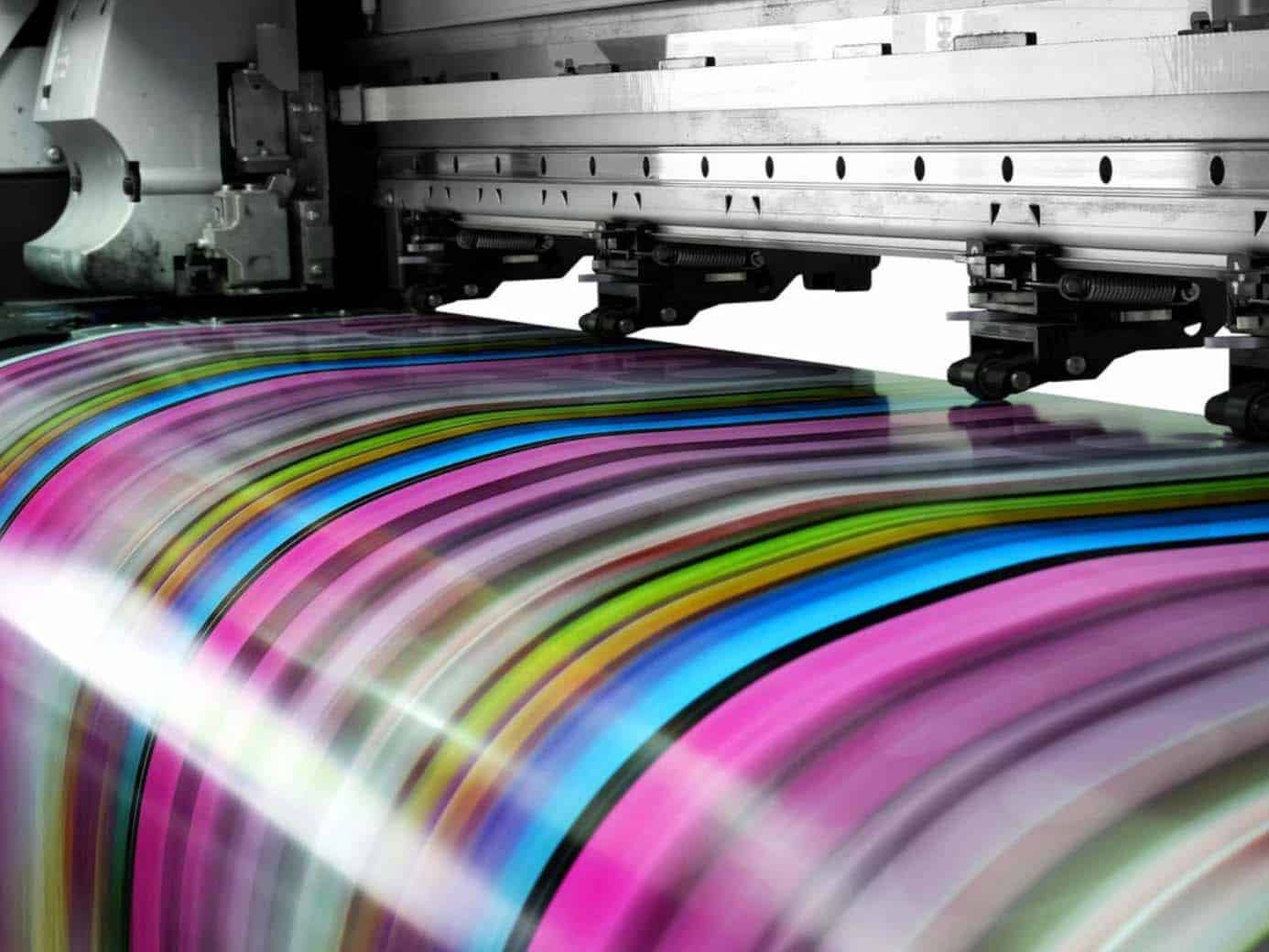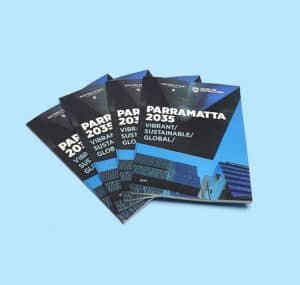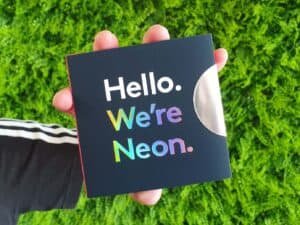Think Big with Wide Format

Wide-format printing is a term used for printed materials that are often too large for standard printing presses. Wide-format printing encompasses a wide array of specialised machinery that prints onto many different substrates. Machines that can print up to or over 100cm in width are considered “wide format”. It is regarded as a sector of digital printing.
One massive benefit to wide format printing in the modern world is that it can be applied to many materials such as paper, vinyl, cloth, foam board, plastics, woods and metals, making its applications relatively limitless with the right machinery.
The most common application of wide-format print is in advertising. But, chances are, you see wide-format printing daily in many aspects of your life. Some of the more common applications in wide-format printing (particularly advertising) are:
- Banners & Flags – Banners are a great way of communicating a brand message and showing presence in a particular area. They are made of weatherproof materials and can be left outside for long periods of time. Banners are popular for this reason, as well as portability. They can come in an array of styles, such as pull up, hanging banners and flags that stick into the ground.
- Posters are an economical and common way of advertising with wide-format print. The possibilities of stock and applications are endless.
- Signage – Wide format printing is often used to create signage (both rigid and adhesive) for businesses to advertise and spruce up their place of business.
- Vehicle Graphics – Vehicle wraps and decals are printed using wide format technologies. Whether it be for advertising a brand on a work vehicle to custom work for private vehicles, vehicle graphics are a great way to get your name on the road.
- Media walls – These are large format walls often printed on a fabric stock and supported by an internal pole structure. These work amazingly as a backdrop for an office or conference section and are often used as a backdrop for television.
- Billboard Advertisement – If you have ever seen a billboard, you will agree that they come in all shapes and sizes but are often quite large! Some of the largest printers in the world accommodate this part of the industry. The media is usually printed in several large sections and put together during application.
- Point of Sale & Custom Die cuts – Wide format printing is often used to create particular and complex POS materials such as wine boxes, boxes, and packaging materials. As many of these products are printed flat and then put together with adhesives, wide-format printing is required for many of these products.
There are two leading technologies regarding wide-format printing, aqueous and solvent.
Water-based (or ‘aqueous’) are pigmented inks have the colouring dissolved in water.
One advantage of aqueous inks is that they offer high colour saturation because the liquid ink is absorbed into the paper’s fibres. However, these inks have low UV stability, which means the ink will fade more quickly if the printed item is exposed to sunlight. In addition, aqueous inks aren’t resistant to water, unlike solvent inks.
Aqueous inks are used for more basic applications such as printing Plan CAD & line drawings and indoor posters. Aqueous-based products are an economical solution to big poster runs. They are also well suited to food companies as they don’t smell or off-gas chemicals like Solvents.
These are also pigmented inks, but the liquid is chemical-based, unlike aqueous ink.
Solvent inks are much more durable than aqueous inks, are waterproof, and can be applied to various materials such as vinyl and PVC as well as paper, canvas and many other synthetic materials.
There are some disadvantages to solvent inks. First, they can be strong smelling and harmful in the wrong environment due to the various gases released by the chemical-based liquid. This means they are best suited to outdoor or non-food-related settings.
Solvent inks can be used for various indoor, and outdoor graphic and display applications, including outdoor posters, signs, banners and vehicle wraps.



